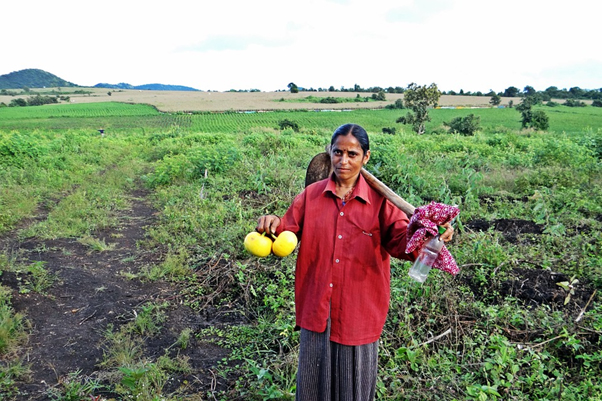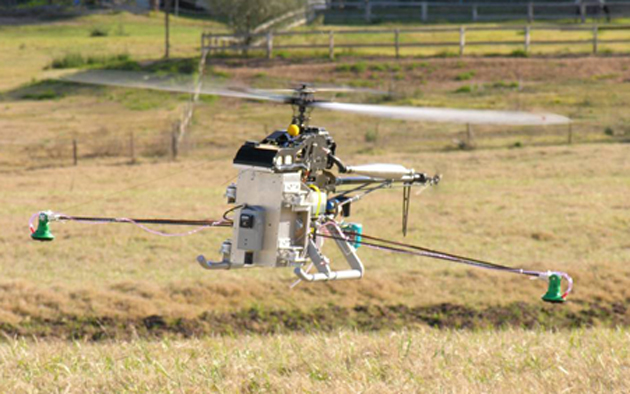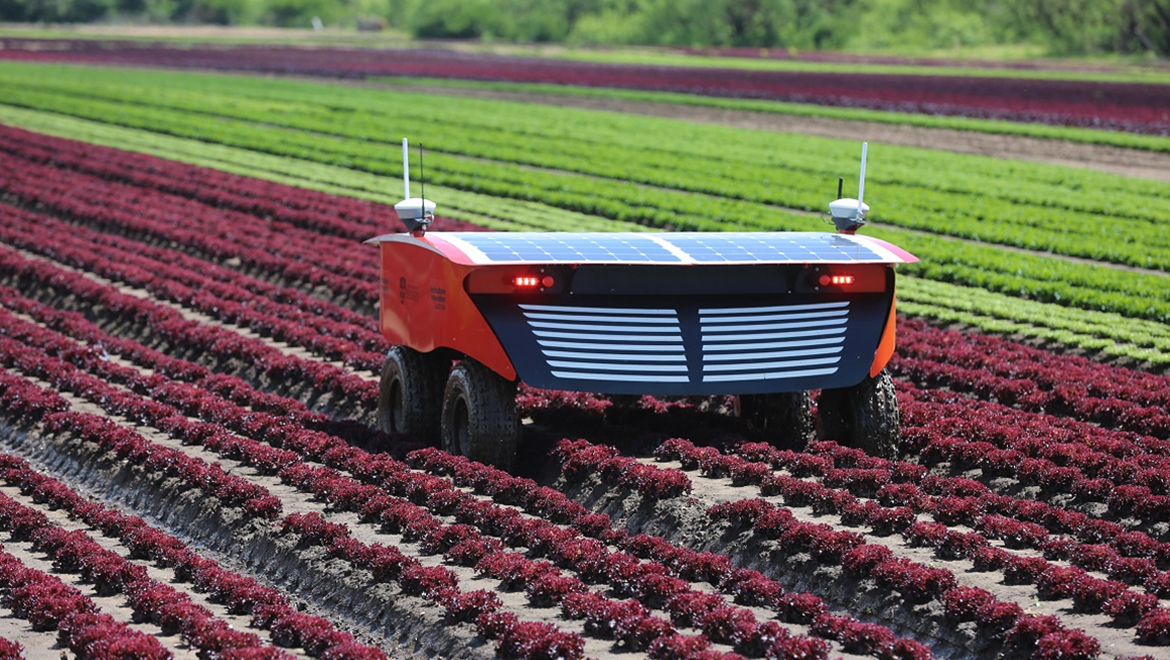Farming in the 21st century is becoming more and more automated, as time goes on. In fact, it seems that fully autonomous agri-bots are poised to take on at least some of the grunt-work around the farm. Are these robots ready to form the labor force of the future farm? Can they really take on the volumes of work involved in raising enough crops to feed a nation? Finally, will this form of AI take jobs from human workers?
Is Robotic Farming Feasible?
These questions may apply to large-scale operations that raise hundreds of acres worth of crops. Farming robots - which are still in the last stages of development before formal employment as laborers - may be associated with costs that are only feasible for farmers at an industrial scale.
However, this is an investment that many crop-growers may be prepared to make. Some of these businesses put employee costs at the top of the list of factors that push their final product prices upward.
Furthermore, a farming robot may be able to cover much more ground than the average worker, and for far longer, without breaks or other welfare needs.

Some people may find that their current farming tasks will be taken on by robots, soon. (Source: sarangib @ pixabay.com)
On the other hand, these robots have expensive requirements in order to run all day and night, as required. For example, they need fuel, the cost of which could mount up over time.
But, there is an example of a farm-bot that avoids this concern entirely. RIPPA (or Robot for Intelligent Perception and Precision Application) is powered entirely by sunlight. It has a ‘hood’ covered entirely in solar panels, under which its inner workings and equipment is found. RIPPA is the result of research and development at the Australian Center for Field Robotics (ACFR), a group affiliated with the University of Sydney.
RIPPA, The Crop-Rearing Robot
RIPPA's role is to maintain and protect crops growing in the vast farmlands of the state of Victoria in Australia. The robot was built by Professor Salah Sukkarieh and his team at the ACFR.
RIPPA is still in the field-testing stage, where its ability to ‘farm’ by eradicating weeds and foreign bodies from the crops can be demonstrated. RIPPA performs these functions by employing its inbuilt sensors and neural networks to learn how to recognize a particular crop, in all its possible forms and physical impressions. Therefore, anything that is not the crop will be removed.
The solar-powered robot, RIPAA, has been designed to eradicate weeds and pests from a certain farm in Australia. (Source: ABCTVCatalyst)
RIPPA has a wide and high enough draft on its underside so it can drive over crops just as a combine harvester would. This allows the bot to scan the crops directly underneath it for signs of unwanted bodies or weeds. The wastes could be anything ranging from beetles to bits of plastic.
Strict food hygiene guidelines mean that sample boxes from an entire crop containing any contaminants could result in the crop being rejected by wholesalers or retailers for sale.
Therefore, farm workers find themselves needing to go over their crops, plant by plant with backpack-mounted vacuum cleaners, in order to prevent this. But RIPPA has the ability to reduce this extensive labor off our shoulders. Like human workers, RIPPA has a vacuum attachment of its own to suck up foreign bodies.
In a recent field test, conducted on a real-world vegetable concern in Werribee, Victoria, RIPPA was able to identify test contaminants (bottle-top-shaped pieces of plastic, in this experiment) with a hit rate of 10 out of every 14 such bodies. The robot did this for a row of broccoli plants, having been trained to learn the crop a day or so prior to the test.
Professor Sukkarieh and his team now believe that it won't be long before RIPPA can be unleashed as a viable alternative to human farm labor.
Can RIPPA Work in the Real World?
On the other hand, RIPPA has only been field-tested in a restricted set of environmental conditions: well-maintained, well-defined crop lines organized into equally well-ordered fields that span hectares on a large-scale, multi-generation farm.
Professor Sukkarieh admitted that it is not yet clear how RIPPA would deal with obstacles such as holes, mud or puddles. These are typical agrarian features that human workers can anticipate and know how to avoid.
In addition, farms in other countries are often subject to much more variable weather conditions compared to those in Australia, and the robots may not be prepared to handle this.
Conversely, this concept could imply a viable role for the human worker in the future of the farm; the maintenance and repair of robots that break down or lose their way among the crops.
In addition, it seems that there will be a wide range of robots and robotic attachments to look after; the ACFR is also engaged in the development of an automated gripping arm that may, someday, harvest fruit from trees (and may also be mounted on RIPPA).
The Center is also developing other types of robots. They include the Ladybird, which houses a raft of analytical sensors (e.g., thermal, spectral and GPS) in a solar-panel-covered shell resembling its insectoid namesake. Also, the SwagBot is a robust autonomous vehicle for livestock monitoring and UAVs for agricultural surveillance and management.

Automated drones may also have a future in farming. (Source: AFCR)
Conclusion
Some industrial or large-scale farmers believe that a future in which robots help with the crops or animals they raise is inevitable. Furthermore, they could also be losing out if they fail to adopt or adapt to this new form of farming.
Robotic farming may have many benefits, including the reduction of time-consuming manual labor for the humans that run such concerns and the potential for improved product quality. However, it is still not clear if the people in need of this type of work will lose out in the new, automated agricultural world.
Top Image: RIPPA maintaining some crops. (Source: ACFR)
References
Rippa robot takes farms forward to the future, 2015, University of Sydney News, https://sydney.edu.au/news-opinion/news/2015/10/21/rippa-robot-takes-farms-forward-to-the-future-.html , (accessed 26 Jun. 18)
Our Robots, 2017, Agriculture and the Environment at ACFR - Latest developments, http://confluence.acfr.usyd.edu.au/display/AGPub/Our+Robots , (accessed on 26 Jun. 18)
RIPPA The Farm Robot Exterminates Pests And Weeds, 2018, Catalyst, https://www.youtube.com/watch?v=XP7GoNKcTS4 , (accessed on 26 Jun. 18)







No comment